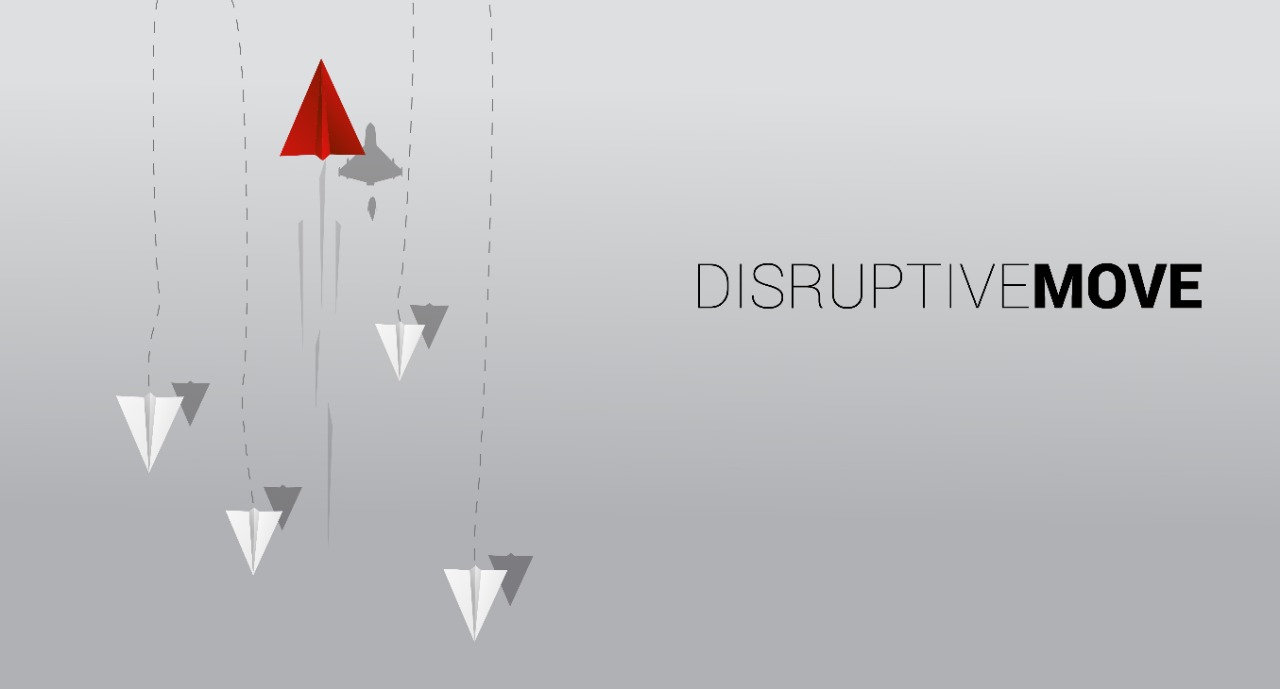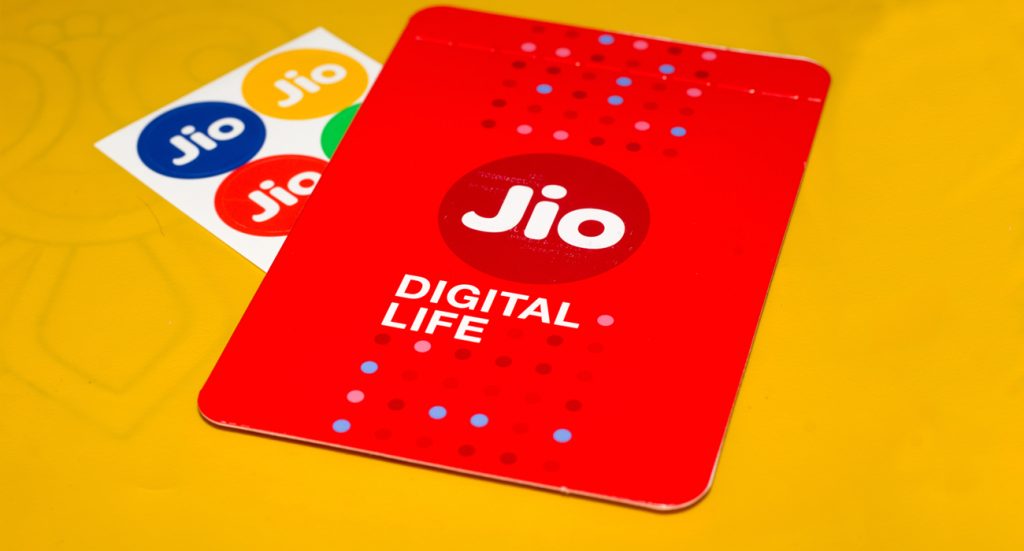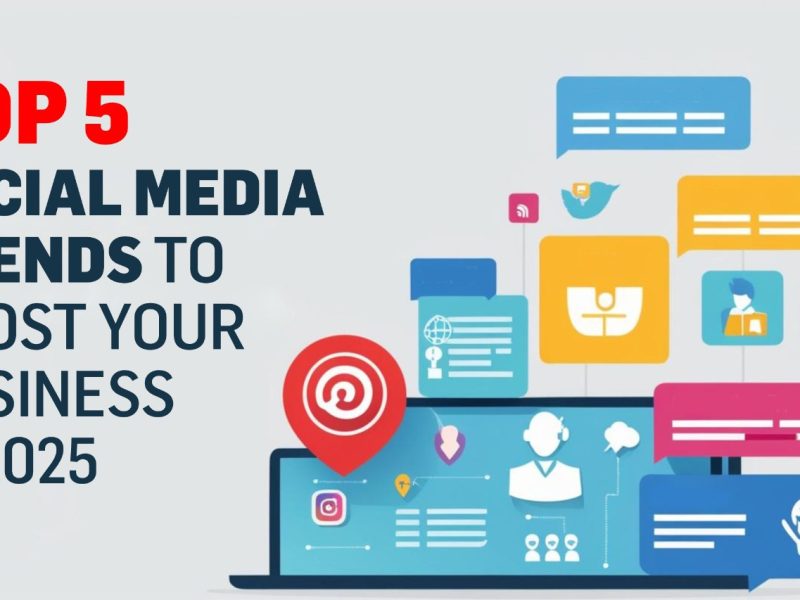
What Is Disruptive Marketing & Why Does It Work Better Than Conventional Marketing?
You might have come across this new marketing phenomenon of “Disruptive Marketing” followed by many popular chartbuster brands. But what is it, and why does it work so damn well with the audience?
What is Disruptive Marketing?
As the former vice president of Digital Strategy at Ogilvy, Geoffrey Colon said –
“Disruptive marketing turns all the marketing rules upside down, shakes things up, and changes the perception, not just about your company but about the industry as a whole.”
It is when the brand decides to propagate its base values without caring about market trends. It takes all the marketing rules you have learned and religiously follow and throws them out of the window.

It makes you rethink the choice between “What resonates with the audience” and “What is the way it’s usually done.” Disruptive marketing moves companies to reevaluate the whole brand image, not just their marketing and advertising campaigns.
Yes, it is risky and bold. Many brands have taken the leap and crashed. But it does yield high rewards when done right and instantly catches the consumers’ eyes.
Why Does Disruptive Marketing Work So Well?
The main reason disruptive marketing instantly grabs eyeballs is that it’s no less than ‘Breaking News.’ As the name suggests, it disrupts the way people view a brand. It generates unusual intrigue that regular marketing campaigns simply can’t do.
In the late 90s, Apple was suffering a massive brand identity crisis. Its popularity was at an all-time low because people felt the brand was nothing but overpriced and mediocre. The brand was struggling to find its true identity.

Apple’s real comeback was when it introduced the portable mp3 player, most commonly known as the iPod, when everyone else was carrying bulky Discmans. That was the first domino that disrupted the market with a new invention and helped give the image to Apple of a creator of sophisticated and innovative products. Now, people wait for days in the queue to get their hands on the latest Apple products!
It Shatters The Traditional Mindset
Change is the only inevitable constant that always stays trending. When consumers are fed up with the same monotonous depictions by brands, the disruptive concept provides a fresh take on the marketing industry. There’s only so much you can milk a specific trend. Every trend or idea comes with an expiration date.
The reason disruptive marketing always works is that it sets a new trend. Everyone remembers the first explorers to Mt. Everest. But do you remember the 2nd expedition? Likewise, this form of marketing makes you the first to adapt and ride the wave of exclusivity with any concept.
It’s Relatable To Audience
The one thing all successful disruptive marketing campaigns have in common is they are relatable and resonate with the audience at a personal level. The consumer has to get behind the idea you’re trying to sell, not the product.
One of the best examples of this phenomenon is Jio, who struck a chord with the Indian telecom consumers. Before Jio entered the market, other service providers in India charged exorbitant rates for 4G internet data. 1 GB 4G data cost around Rs. 250 before Jio’s era!

It’s Affordable
You don’t have to break the bank to execute disruptive marketing for your brand. Thank goodness for that! It can be achieved by just adopting new changes, no matter how small. The only condition is it has to be an idea that is fresh and unexplored.
Airwick came up with a great “Scent Decorator” quiz on their website to let the customer choose what kind of feeling and aura they want in their room and then recommend a similar product. Inexpensive and effective at its best!
Should You Jump Into The Disruptive Bandwagon?
The simple answer to this is – Yes. But there are some factors you need to consider before throwing everything you’ve built towards building your brand identity. The most important question you should ask yourself is – Is your idea new and never been tried before? Is it relevant in the present time and age? Is it executable to its optimum potential? Will the follow up be worth it?
If your answer to all these questions comes affirmative, then it’s time for you to go back to the drawing board!
About Author
Sandeep Hati is a copywriter at Sanket Communications. He is passionate about advertisement trends and stories. He aims to explain the many intricacies that run the advertising and marketing world. When he’s not working, you’ll find him buried in a book or watching period cinema or failing gloriously on the same level of videogame infinitely.




